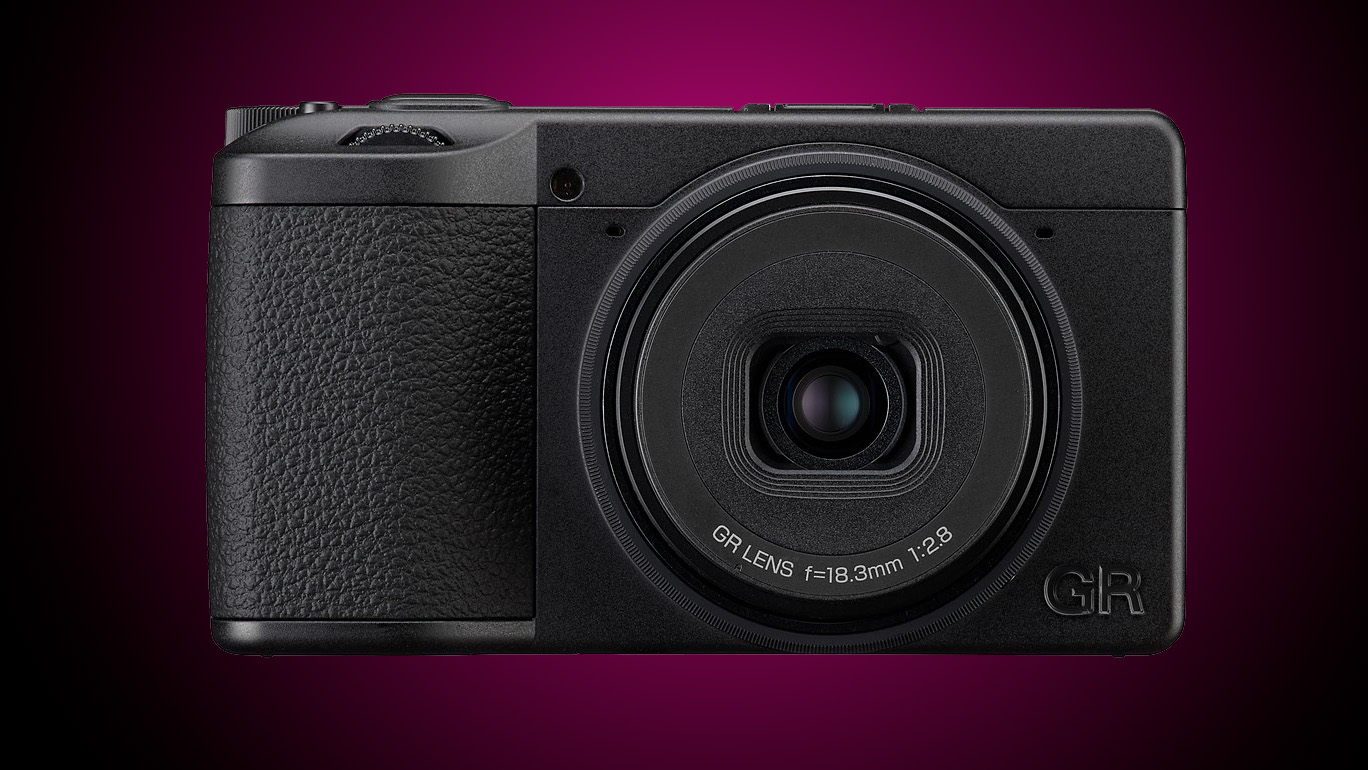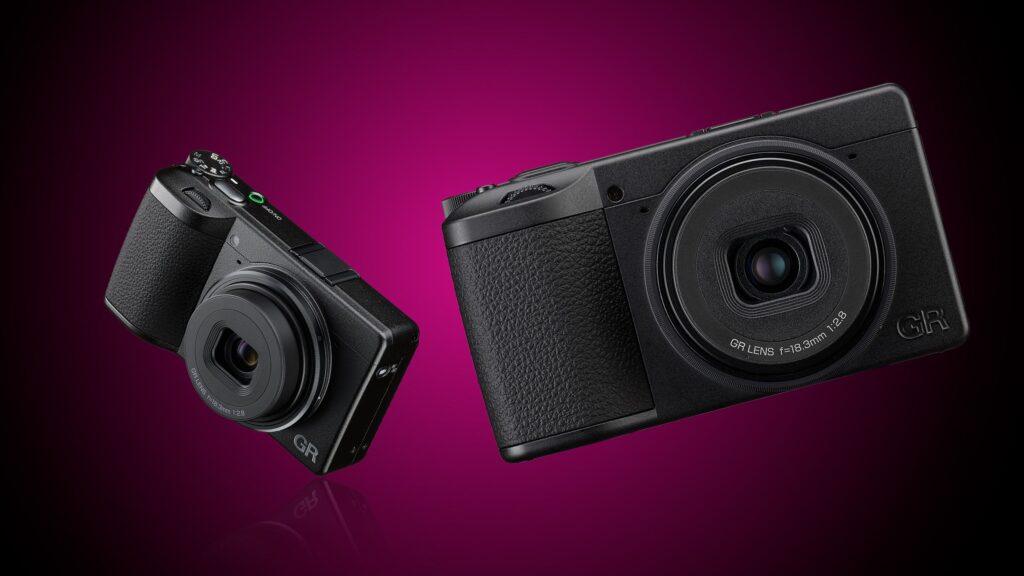- Ricoh announces the development of the GR IV Monochrome and HDF variants
- The GR IV HDF is a direct replacement for the Ricoh GR III HDF
- The Ricoh GR IV Monochrome removes the color filter array for superior noise and detail in black and white images
Ricoh has announced that it is working on two new additions to its family of high-performance compact cameras, the GR IV Monochrome and the GR IV HDF.
The Ricoh GR IV launched back in September 2025 to mixed reviews, replacing the already fan-favorite GR III. The camera has an APS-C format sensor and uses a resolution of 25.74 MP, a 28 mm equivalent lens, a 5-axis image stabilizer and support for RAW files. It’s poised to become a staple in many street photographers’ kitbags thanks to its compact size, light weight and powerful imaging engine.
Although compact cameras had slowed down at the beginning of the decade, largely due to the best camera phones and affordable mirrorless cameras that have hit the market over the past few years, they are experiencing a bit of a renaissance.
Brands like Ricoh clearly see there’s a gap here that can be filled by a pocketable powerhouse, complete with many features previously only seen in enthusiast-level professional interchangeable-lens cameras.
Therefore, it wasted no time in following up the standard GR IV with two variations, one that will be predictable to longtime followers of the product line, and another that is a little more unexpected.
The Ricoh GR IV Monochrome and GR IV HDF go all-in on stylized images
Ricoh’s cameras have long been considered among the best compact cameras. The Ricoh GR IV HDF (which stands for Highlight Diffusion Filter) directly replaces the Ricoh GR III HDF that was launched back in March 2024. The GR IIIx, which has a slightly longer focal length, also got an HDF variant, so we probably could have seen this move coming.
The camera uses a 23.5 x 15.6mm APS-C sensor, just like its predecessor, capable of outputting images measuring 6192 x 4128 pixels. It also enjoys 5-axis IBIS and Full HD video recording at 60 frames per second. Meanwhile, the Highlight Diffusion Filter referred to in the name can be used to apply a unique diffusion effect for a soft and dreamy atmosphere captured in camera. This filter replaces the built-in 2-stop ND filter found in the standard GR III, GR IIIx and GR IV housings.
The biggest differences from the GR III HDF are a modest step up in resolution to nearly 26 megapixels from 24MP, a wider sensitivity range that stretches up to 204,800 instead of 102,400, and two extra stops of image stabilization that compensates up to 6EV instead of 4EV. You’ll also find 53GB of internal image storage compared to 2GB. These specifications are of course also found on the standard GR IV.

Meanwhile, the Ricoh GR IV Monochrome will be welcome news for black-and-white photographers. Following a trend seen in cameras like the Leica Q2 Monochrom and the Ricoh family’s own Pentax K-3 Mark III Monochrome, this body is built without the usual Color Filter Array that sits above the image sensor in most digital cameras.
CFA enables the capture of full-color images via a process of demosaicing (a fancy term for digital processing), but this results in a loss of light-gathering capacity and detail. By removing this component, the GR IV Monochrome can only capture black and white images, but with the potential for up to a dot of superior noise performance and increased resolution of fine textures.
In a press release, Ricoh mentions that the camera will also have “Image Control settings specialized for black and white photography to deliver the expressiveness and depth unique to monochromatic images”. Exactly what these will be is unclear at this point, but we can expect them to include additional or further developed black and white modes, which were already well received on the GR IV.
We are yet to get exact release dates for both models, apart from “Winter 2025” and “Spring 2026” for the GR IV HDF and GR IV Monochrome respectively. Have you used a Ricoh compact? Would you choose the standard GR IV or one of these two exciting new variations? Let us know in the comments.
Follow TechRadar on Google News and add us as a preferred source to get our expert news, reviews and opinions in your feeds. Be sure to click the Follow button!
And of course you can too follow TechRadar on TikTok for news, reviews, video unboxings, and get regular updates from us on WhatsApp also.



